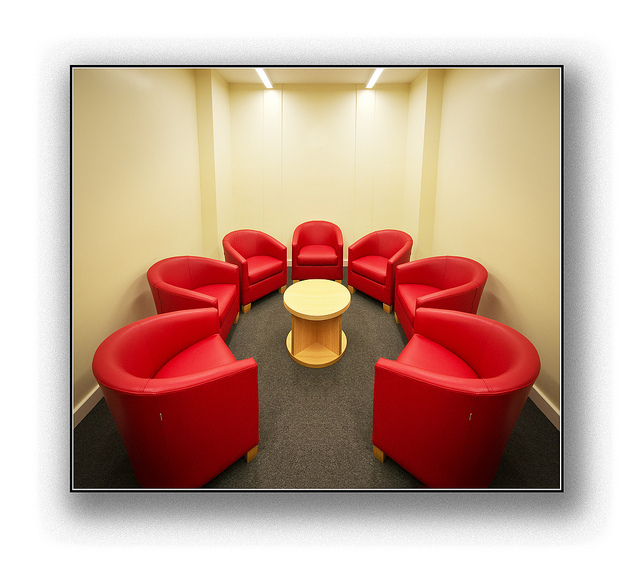Most high performing teams run fast and furious. Moving at that kind of pace we often walk into our meetings and jump right into the agenda. While hitting the ground running may feel productive, something gets lost: We fail to look up from our devices and to-do lists, even if for a moment, to see one another as whole people. That’s why I believe strongly in beginning meetings with a “check-in”.
A check-in is a designated time in a meeting agenda when people can “arrive,” not as job descriptions, but as their whole, human selves. Check-ins can focus on a wide range of topics but the overarching purpose is to provide space for people to “arrive:” To see others and to be seen. Some of my favorite prompts for team check-ins include:
Three Ds – Thinking about the past few days, what has caused delight, disappointment, and discovery?
What’s one thing you need from others in today’s meeting to be at your very best?
What’s one word that describes how you’re doing today on each of these three fronts – your body, your mind, your heart?
From a process standpoint, here are some things to keep in mind if you choose to lead a regular check-in with your team.
Be intentional about time. Allocate enough time for each team member to answer the check-in prompt. Check-ins generally last between 5 and 30 minutes. Let team members know how much time they each have to respond to the check-in prompt (e.g., 2 minutes each).
Pick prompts that are meaningful. Check-in prompts can be serious or playful but they should always feel revealing, substantive, and relevant to team members. Otherwise, people dismiss the check-in as a distraction or a waste of meeting time.
Set basic agreements. Two or three shared agreements for a check-in go a long way. Some of the basics include being honest, no problem-solving, and honor confidentiality.
Conclude with gratitude. After all members of the team have checked in, express your appreciation that everyone is present and affirm that their presence matters. Maybe a thread ran through the check-ins that you want to acknowledge before moving on to the next agenda item.
If check-ins become a regular part of your team meetings, over time it is important to bring fresh check-in prompts to the team. Check-in prompts can vary in tone and topic. Encourage team members to suggest new questions and regularly return to favorites.
What has been your team’s experience with using a check-in ritual to begin meetings? What’s your favorite check-in prompt?
Photo Credit: Stephen Bowler

Larry, I love this offering of a simple process that is clearly delineated and serves to connect teams on the human to human level. I can see doing this with my family..
I especially like how your questions exemplify revelatory and meaningful responses, and the suggestion that team members bring in new questions. And ending in gratitude.
Now wonder people have such high regard for you and your work!
Greg Burdulis